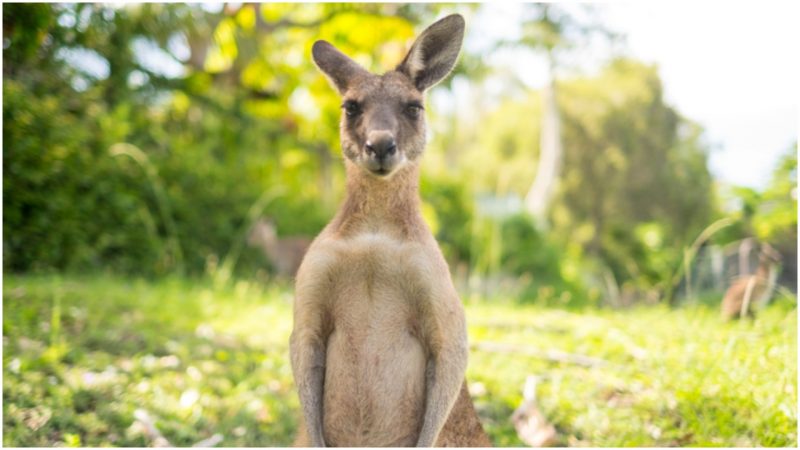It seems that roughly 20,000 years ago, an Aboriginal family lit a fire and prepared to have dinner. The delicacy on the menu? Kangaroo.
The animal that nowadays is Australia’s trademark, appearing on its coat of arms, was part of a feast, according to a recent exploration of a forgotten primitive cave in the Pilbara region of Western Australia.
Besides the evidence of kangaroo bones, a multitude of other artifacts have been retrieved from the small cave in Pilbara’s Hamersley Ranges, the Australian Broadcasting Corporation (ABC) reported in May 2018.
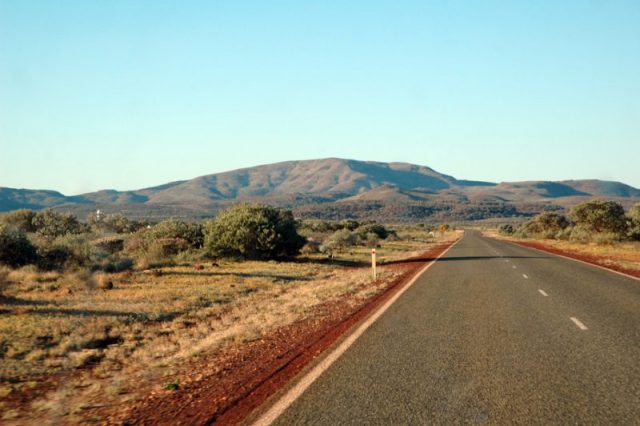
The area that contains this new exciting site for archaeological study has been leased to the Anglo-American metal mining company BHP Billiton.
In alignment with all mining requirements, prior to looking for ore, the company collaborated with Aboriginal ancestral landowners to survey the terrain, which is how this cave was found.
The sites of interest to science were later revisited by experts from both BHP and Scarp Archaeology, specialists in indigenous heritage and culture.
The entire effort is now under the watch of Dr. Michael Slack, who also presides over the Australian Archaeological Association. His team has so far dug at 200 different locations during the last seven years, according to Smithsonian.
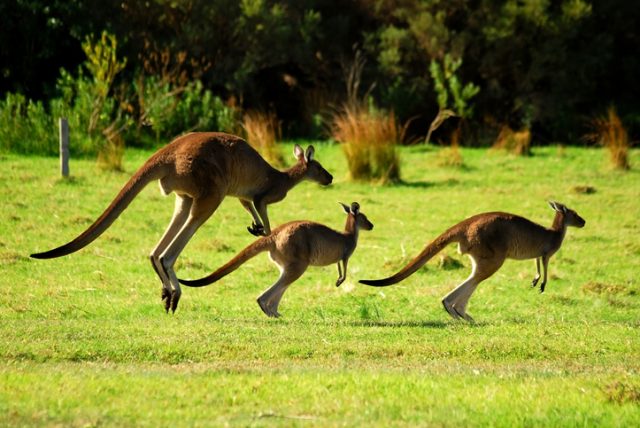
The team hopes the excavations will shed new light on human habitation and the movement of Aboriginal peoples in Australia, a subject which still has many unanswered questions.
Within the latest dig, archaeologists believe they have traced the leftovers of an ancient family feast.
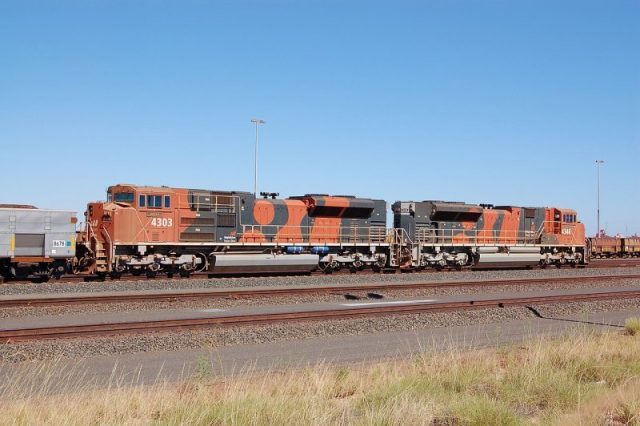
“The guys have just uncovered an ancient campfire that, given the depth below the surface and the relationship with the stones around it, we think is potentially around 20,000 years old,” Dr. Slack said in statements for ABC.
Some of the age-old campfire remains include seven inches of fine white ash, as well as chunks of charcoal. Radiocarbon dating is yet to be applied on these remnants.
Along with the charcoal, the team also uncovered a significant amount of stone tools relics, and not forgetting perhaps the most interesting part: bones of a kangaroo. It is assumed the tools were used to slice the meat for cooking the animal on the campfire, according to ABC.
Further research on the excavated remnants will paint a clearer picture of life in the cave. Scientists will be more certain what happened after they inspect the tools “under the microscope.”
Mysterious Ancient Societies That Disappeared
More research will also reveal the exact age of the remnants, which according to Dr. Slack’s estimates, are at least 20,000 years old, dating from the last ice age.
The Pilbara region first came to prominence some 10 years ago when the survey began. It is an area of great interest for archaeologists as they can look at the traces of ancient Aboriginal peoples who migrated from the coastal to the non-coastal areas of the region.
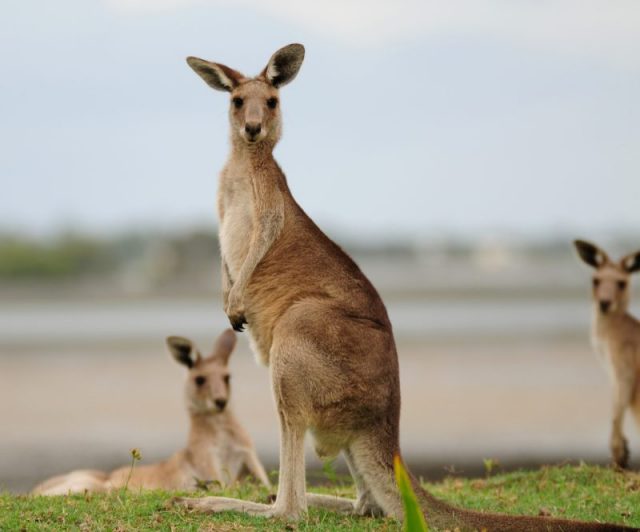
Dr. Slack told ABC that Australian archaeologists believe some of these movements started to take place as early as 40,000 years ago; however, they have missing evidence what happened after that.
Only last year, archaeologists in Australia revealed the news of the Madjedbebe rock shelter, which contains the earliest traces of human habitation on the continent, dated to some 65,000 years ago.
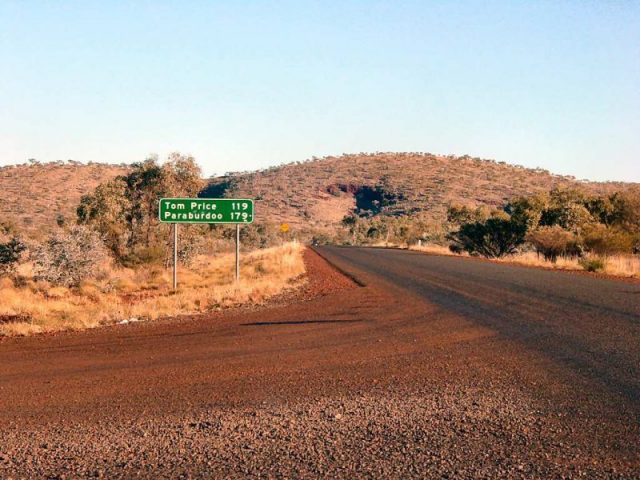
This site is hundreds of miles away from Pilbara. However, the findings there examined traditional considerations of when humans first appeared in Australia.
The Pilbara region remains one of the most mysterious and intriguing areas of Western Australia. It is a scarcely populated realm with largely dry terrain and natural landscapes.
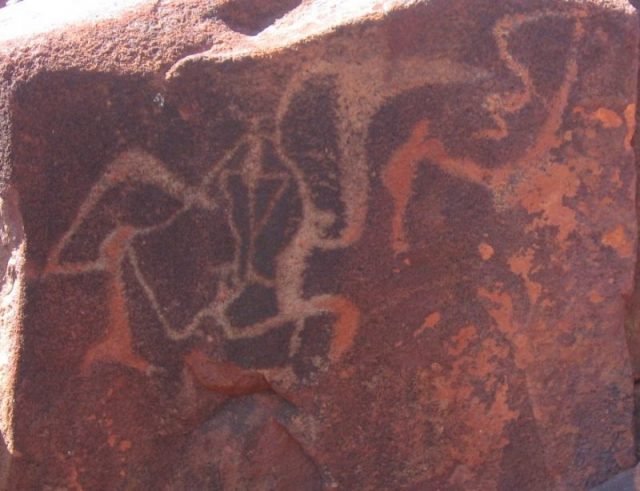
It houses hundreds of archaeological sites associated with Australia’s indigenous peoples and thousands of petroglyphs too, many of which have been dated to 30,000 years ago.
Archaeological research in the Land Down Under has boomed over the past decade, and it is expected that experts will come forward with more exciting news of the days when there was no electricity and when humans needed to prepare their meals under the open skies or in the caves.
